Throughout history, people have gathered to celebrate various festivals and events. These occasions reflect cultural traditions, historical milestones, and communal joy. Some have faded away, while others have evolved over time. Join us as we explore some of the most famous festivals and events from the past.
The Roman Saturnalia
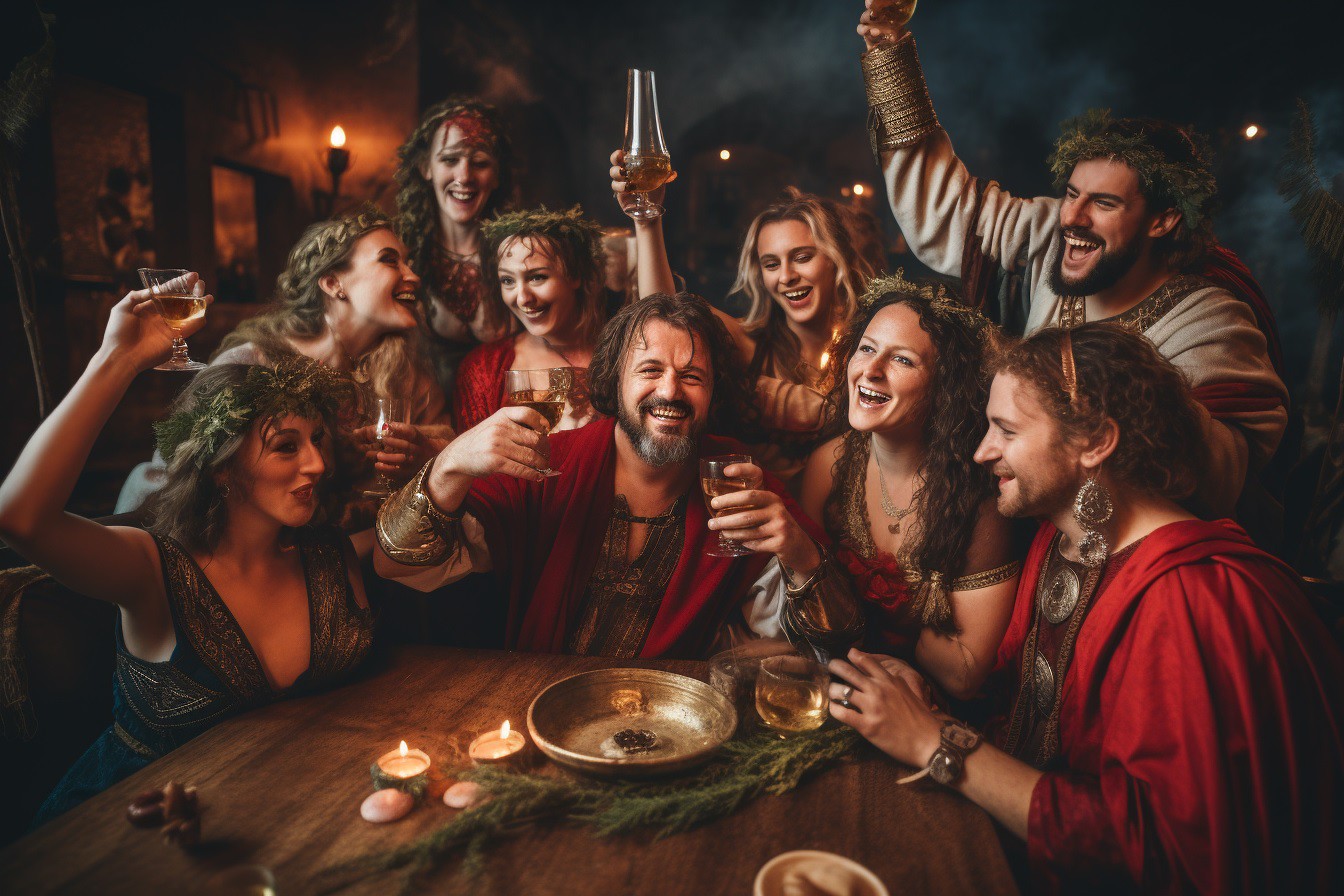
Saturnalia was an ancient Roman festival held in honor of the god Saturn. It took place in December and involved feasting, gift-giving, and a general atmosphere of merriment. Public banquets, gambling, and role reversals were common, with masters serving their slaves. While Saturnalia as it was doesn’t exist today, some of its traditions influenced modern Christmas and New Year celebrations.
The Olympic Games (Ancient Greece)
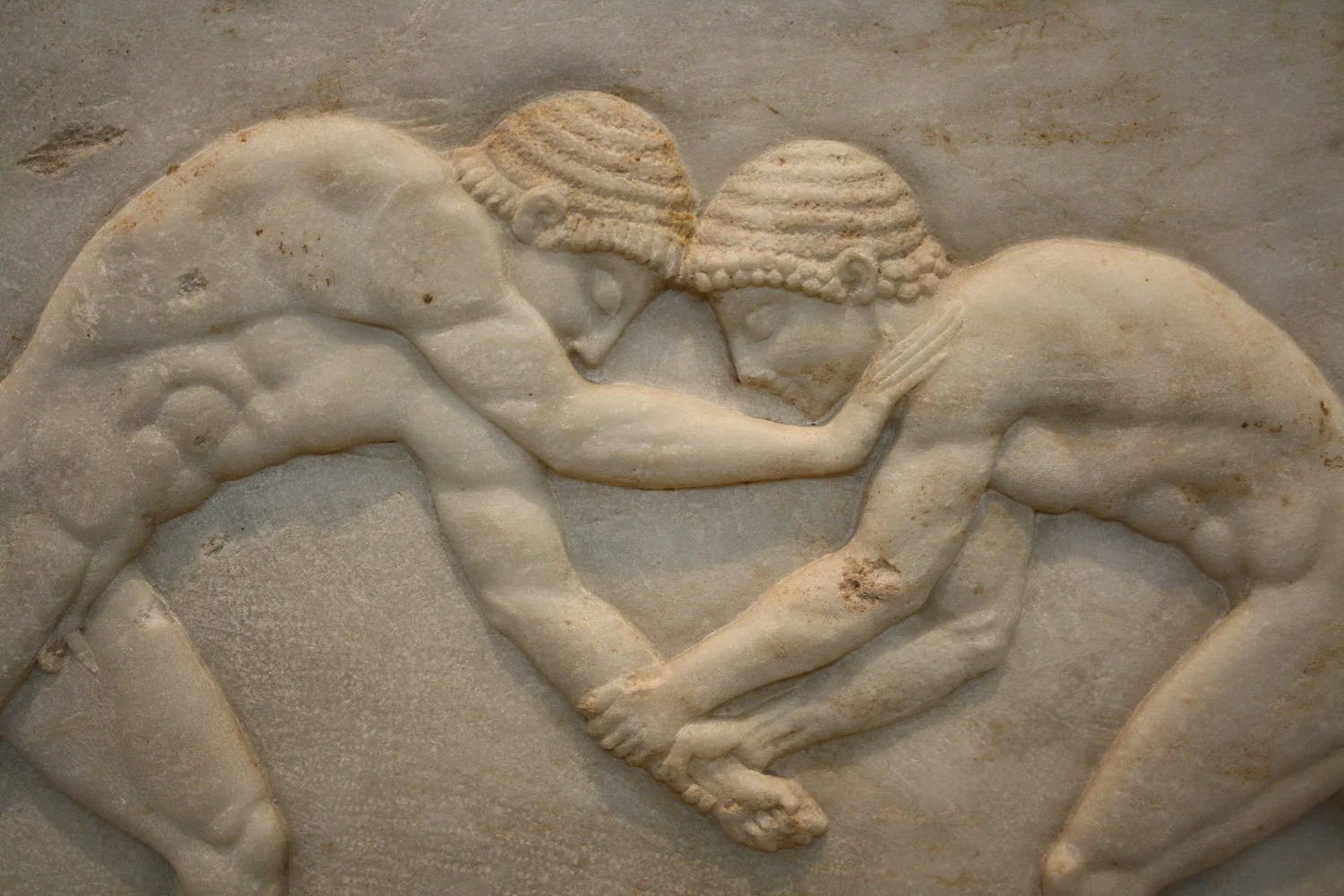
The ancient Olympic Games began in 776 BC in Olympia, Greece, as a religious festival honoring Zeus. They featured various athletic competitions and were a symbol of unity among Greek city-states. The original games continued until 393 AD when they were banned by Emperor Theodosius I. The modern Olympic Games, revived in 1896, draw inspiration from this ancient tradition.
Medieval Carnival
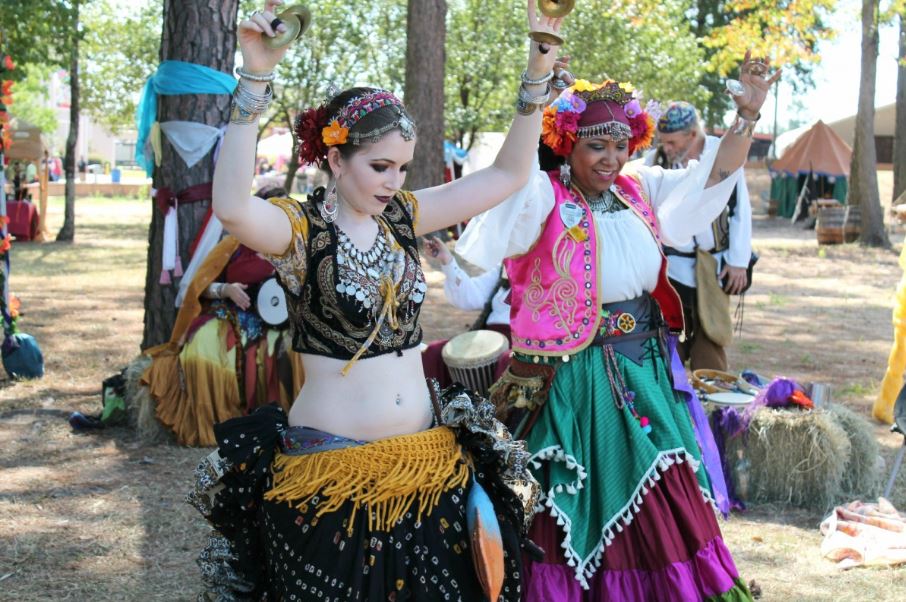
Carnival in medieval Europe was a time of revelry before the austerity of Lent. It included parades, masquerades, and feasts, allowing people to indulge in excesses. Costumes and masks provided anonymity, encouraging behaviors outside societal norms. Modern-day Carnival celebrations, like those in Rio de Janeiro and Venice, are descendants of these medieval festivities.
The Feast of Fools
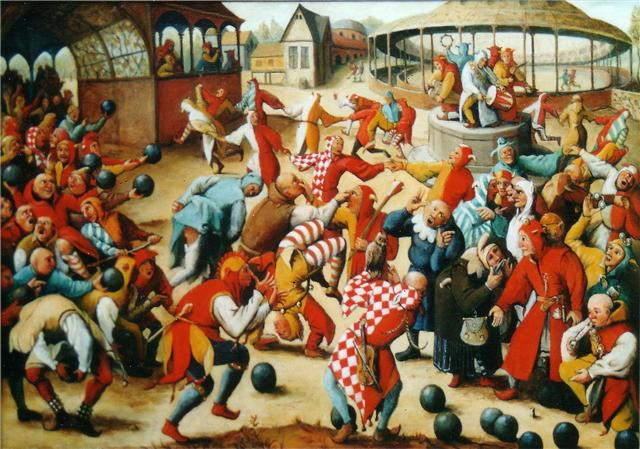
Held mainly in France during the Middle Ages, the Feast of Fools was a day of satirical celebrations. Clergy and laypeople alike mocked religious practices and hierarchy through parodies and role reversals. Though controversial and often condemned by the Church, it persisted until the 16th century. Today, no direct equivalent exists, but its spirit can be seen in modern satire and parody festivals.
The Nika Riots
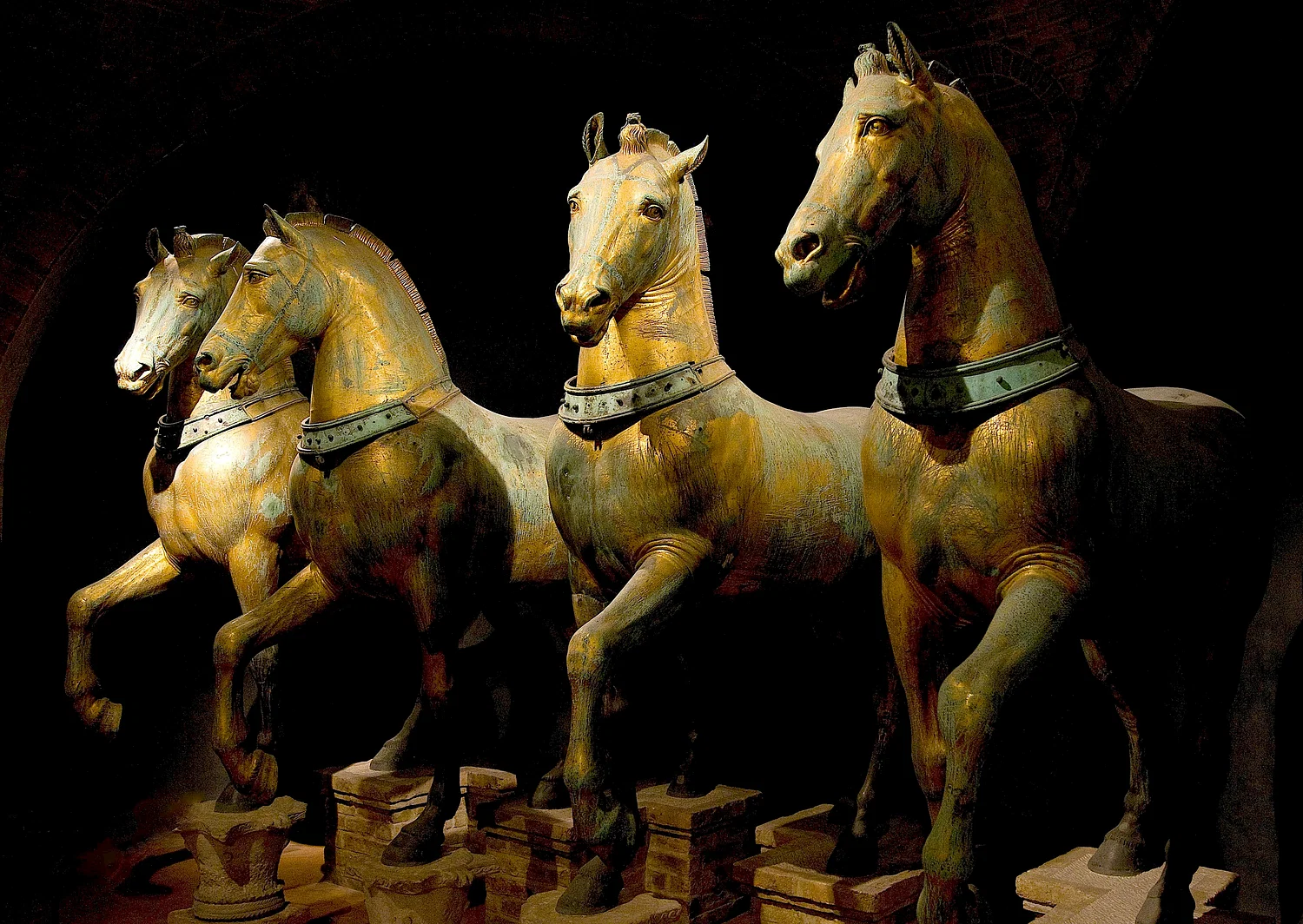
In 532 AD, the Nika Riots erupted in Constantinople during a chariot racing event at the Hippodrome. Initially a protest against the emperor’s policies, it quickly turned into a violent uprising. The riots resulted in significant destruction and a brutal suppression by Emperor Justinian I. While not a festival, it highlights the intense emotions and political undercurrents of public events in the past.
The Boston Tea Party
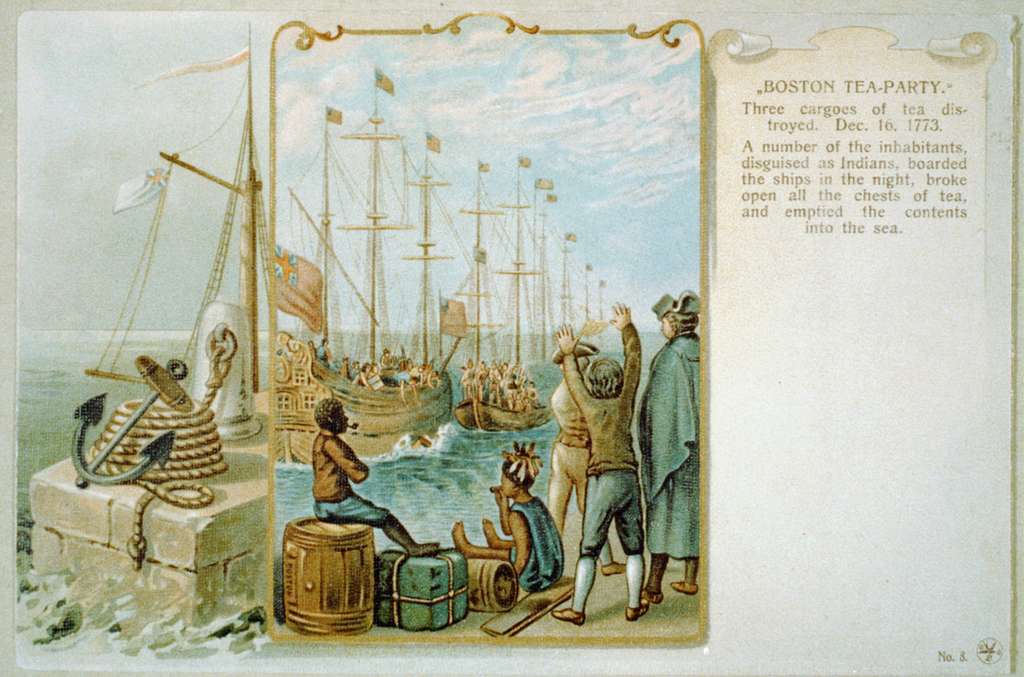
On December 16, 1773, American colonists protested British taxation by dumping tea into Boston Harbor. This act of defiance was a pivotal event leading up to the American Revolution. It symbolized the colonists’ resistance to British rule and their demand for independence. The Boston Tea Party is commemorated today but doesn’t exist as a recurring event.
The Globe Theatre Performances
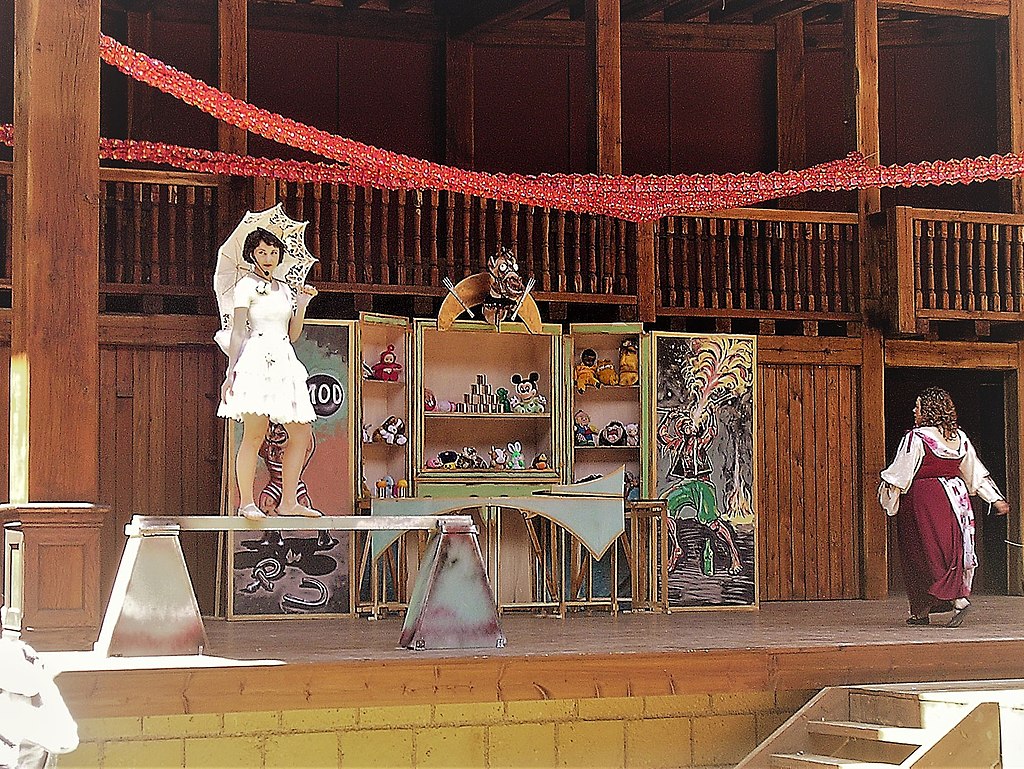
The Globe Theatre in London was the epicenter of William Shakespeare’s plays in the late 16th and early 17th centuries. Audiences of all social classes gathered to watch dramas, comedies, and histories performed live. The original Globe burned down in 1613, but a modern reconstruction now stands near its original site. Today, it offers a glimpse into Elizabethan theatrical culture and continues to host Shakespearean performances.
The Mayan Ball Game
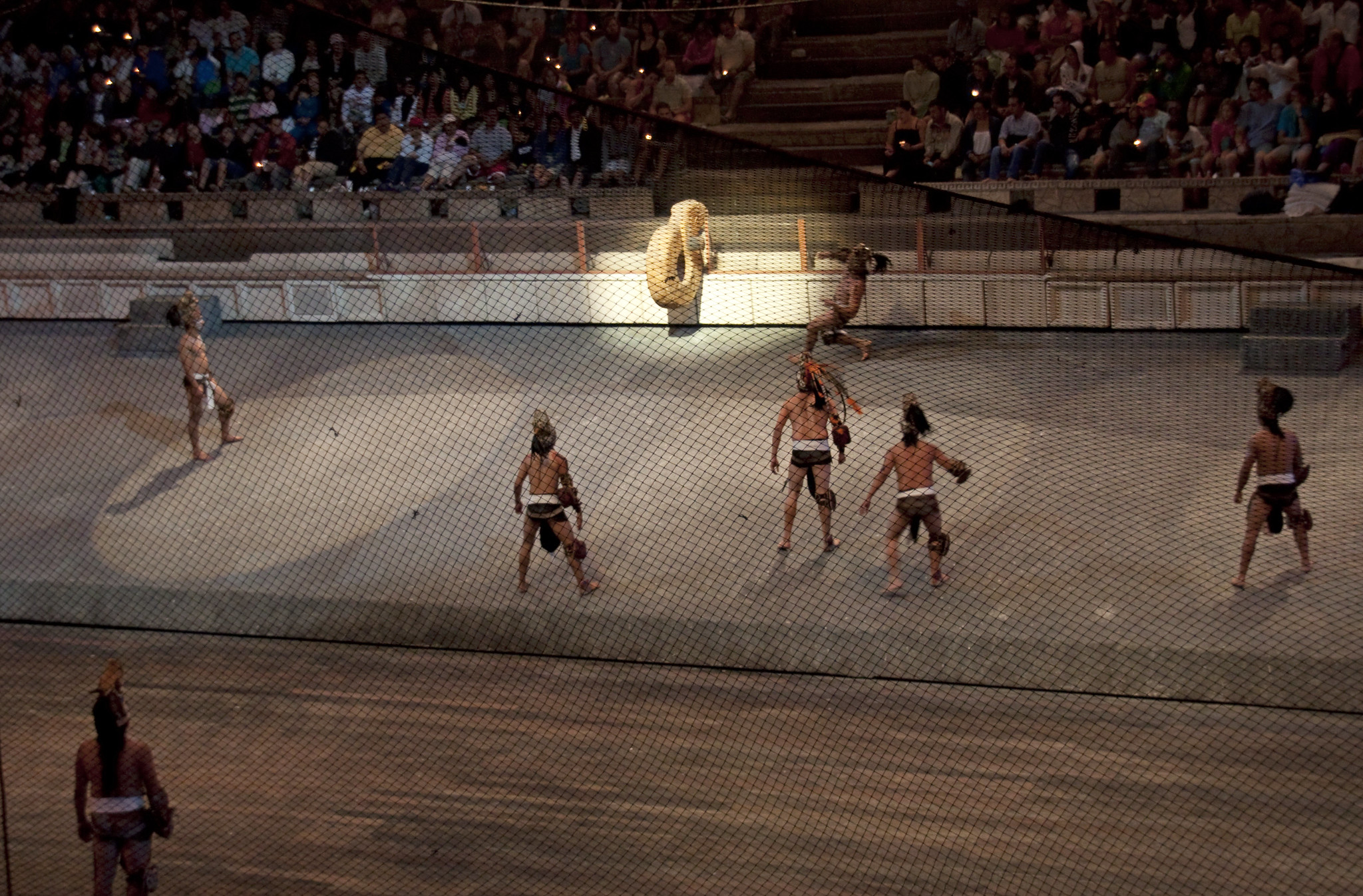
The Mayan ball game, played for over 3,000 years, was both a sport and a ritualistic event. Teams competed to pass a rubber ball through stone hoops without using their hands. The game had religious significance, often associated with human sacrifices. Modern versions of the game, called “ulama,” are still played in some regions, preserving a connection to ancient traditions.
The Aztec Festival of Toxcatl
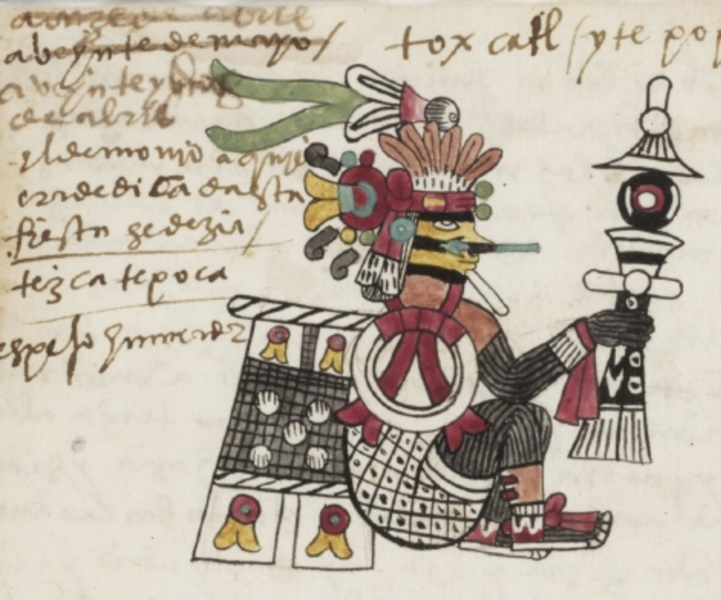
Toxcatl was an important Aztec festival held in May to honor the god Tezcatlipoca. It involved elaborate rituals, dances, and the sacrifice of a young man representing the deity. The festival symbolized renewal and the cyclical nature of life. While the exact practices are no longer observed, some aspects of Aztec culture are celebrated in modern Mexican festivals.
The Chinese Lantern Festival
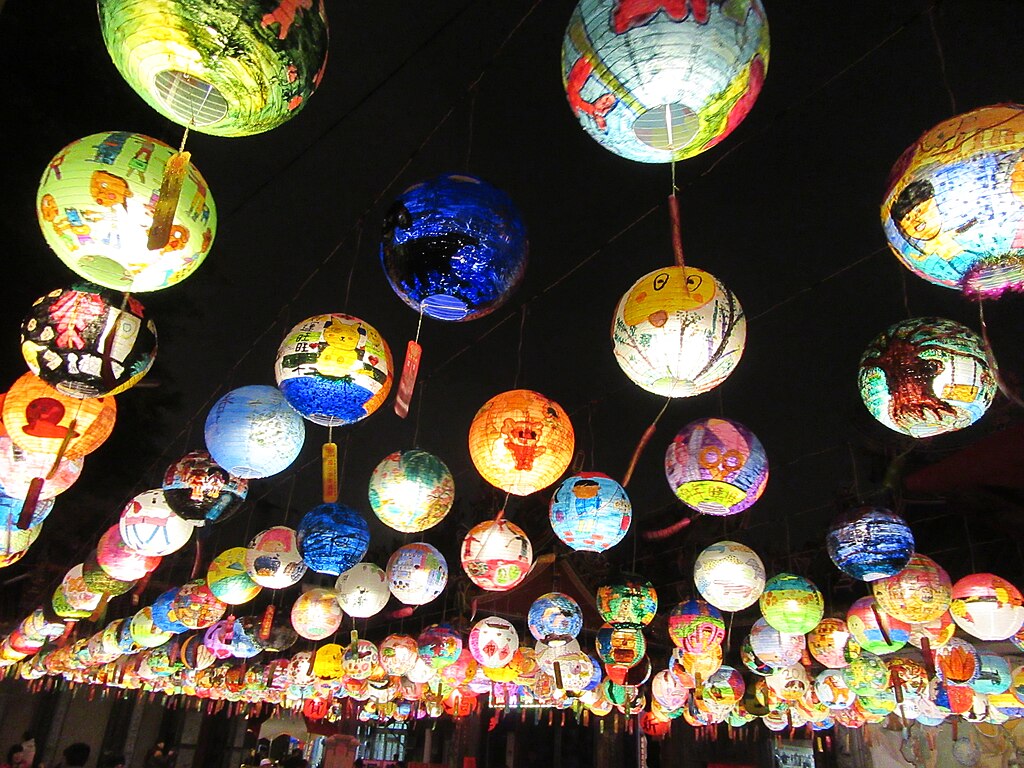
Dating back over 2,000 years, the Lantern Festival marks the end of the Chinese New Year celebrations. It features lantern displays, lion dances, and traditional foods like yuanxiao (sweet rice dumplings). People gather to admire the lanterns and celebrate family reunions. The Lantern Festival continues to be a major event in China and Chinese communities worldwide.
The Dionysia (Ancient Greece)
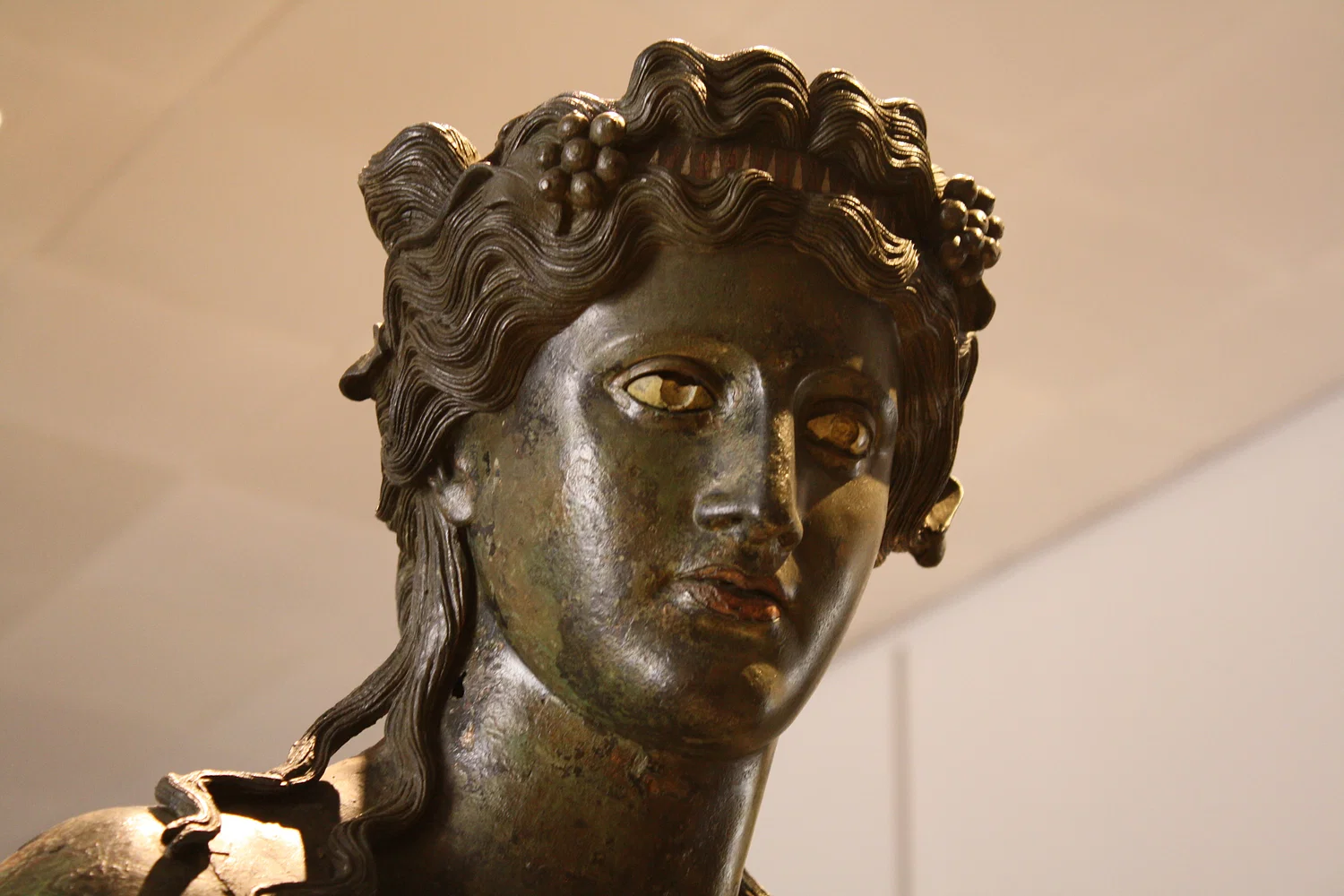
The Dionysia was a festival in Athens dedicated to Dionysus, the god of wine and theatre. It included dramatic competitions where playwrights like Sophocles and Euripides presented their works. The festival was a significant cultural event, fostering the development of Greek drama. Today, its influence is evident in modern theatre and festivals celebrating dramatic arts.
The Highland Games (Scotland)
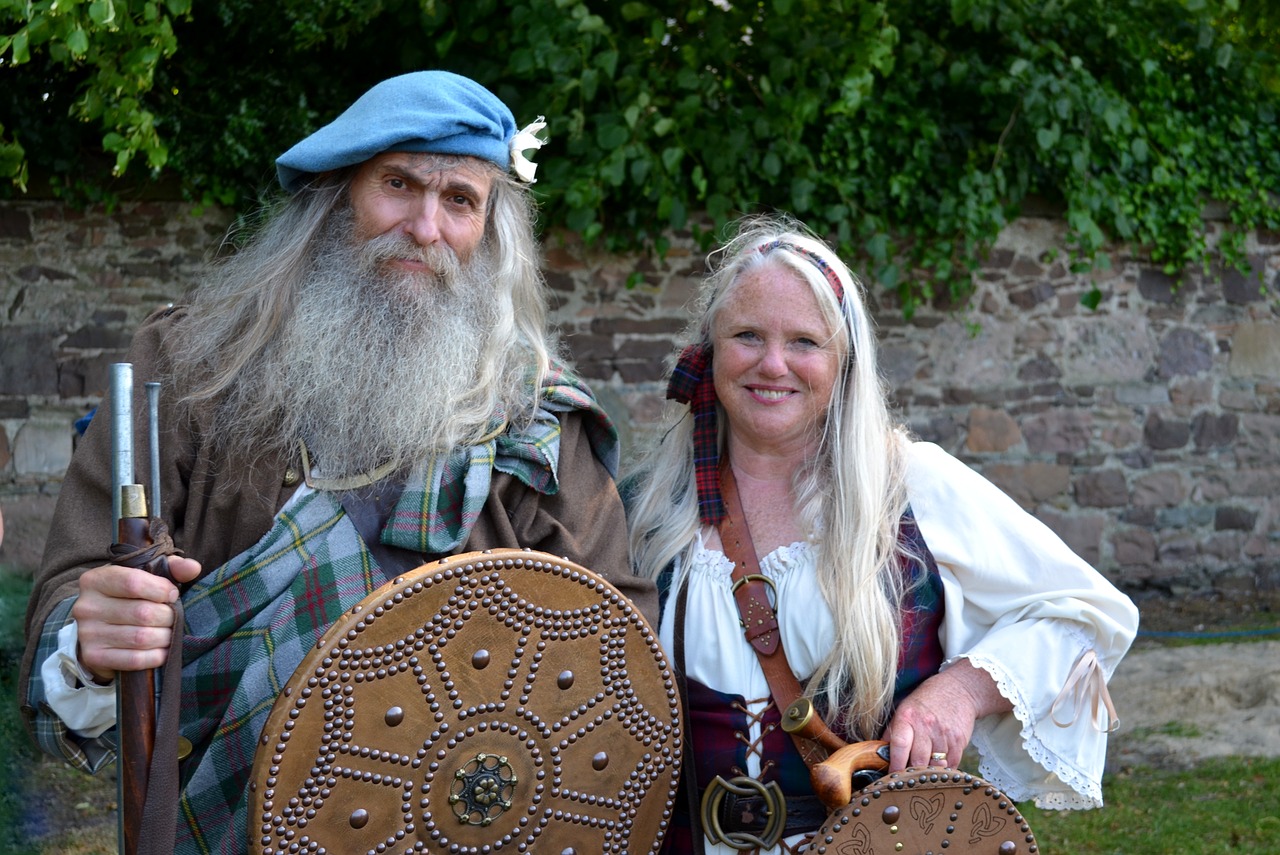
Originating in the Scottish Highlands during the 11th century, the Highland Games are a series of traditional athletic competitions. Events include caber tossing, hammer throw, and tug-of-war, alongside dancing and music performances. These games celebrate Scottish culture and heritage. They are still held today in Scotland and other countries with Scottish communities.
The Roman Lupercalia
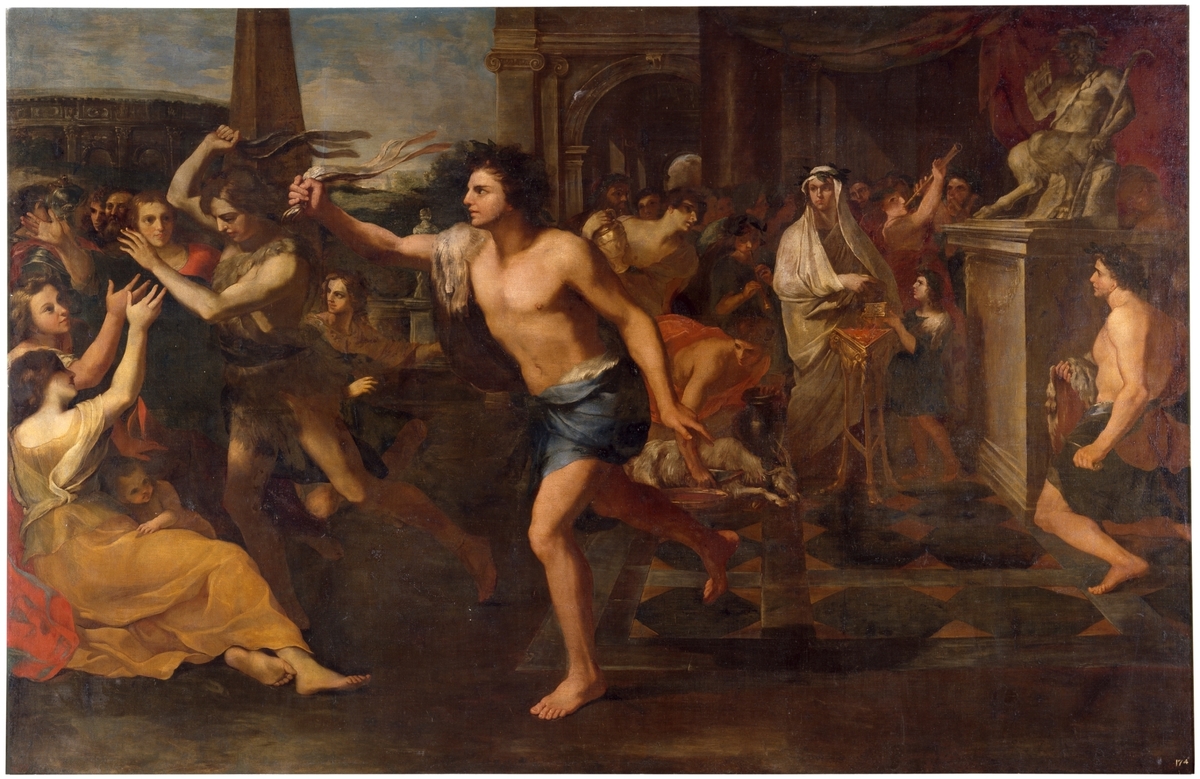
Lupercalia was an ancient Roman festival celebrated on February 15 to purify the city and promote fertility. Priests called Luperci performed rituals, including the sacrifice of goats and dogs, and ran through the streets striking people with strips of goat hide. This festival’s customs influenced the development of Valentine’s Day. However, Lupercalia itself ceased with the rise of Christianity.
The Venice Carnival
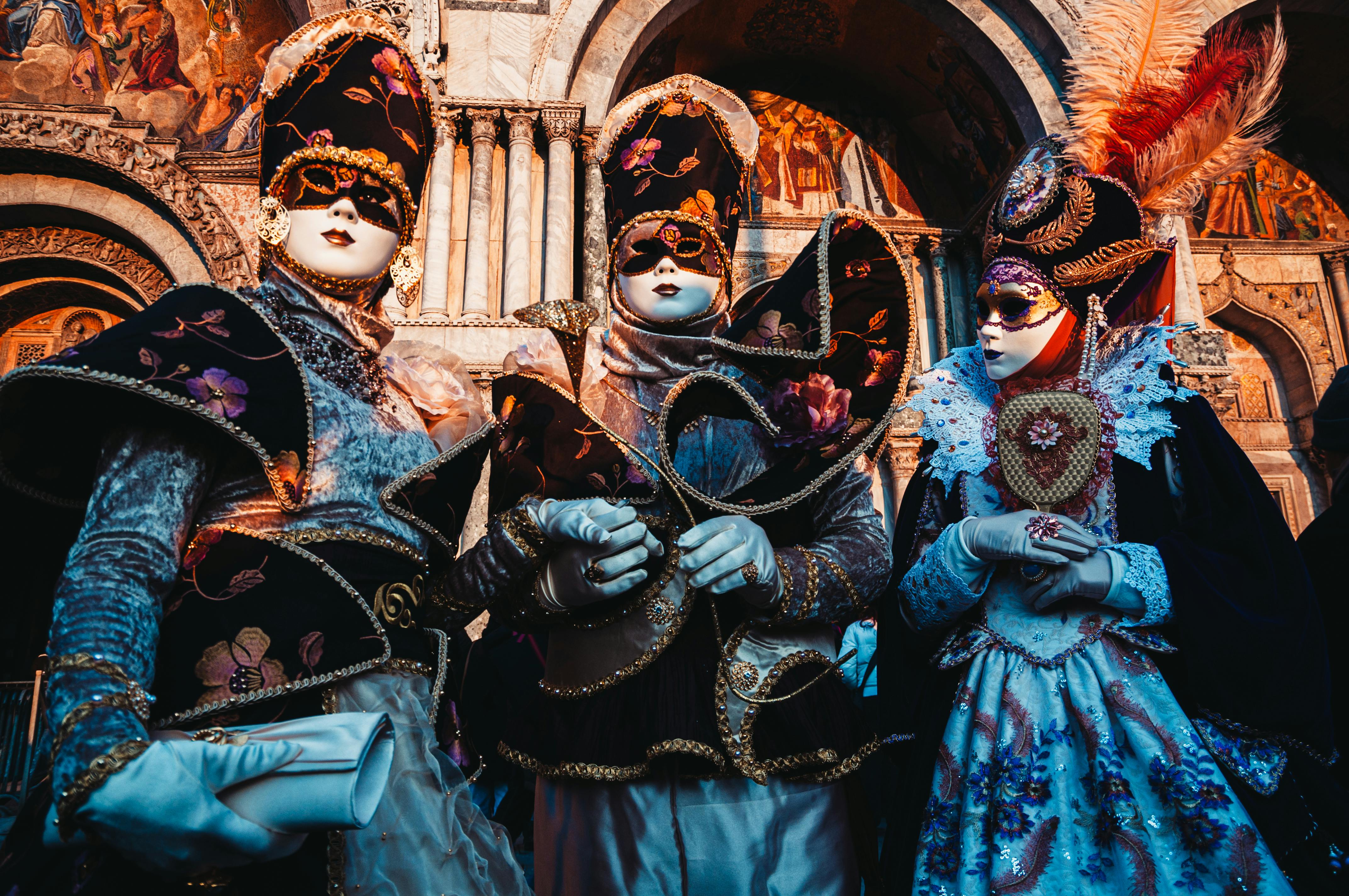
First recorded in 1162, the Venice Carnival became famous for its elaborate masks and costumes. It was a time for indulgence before Lent, featuring masquerade balls, parades, and street performances. The festival allowed social boundaries to blur as people from all walks of life mingled anonymously. Today, the Venice Carnival is revived and celebrated annually, attracting tourists from around the world.
The Paris World’s Fair (Exposition Universelle)
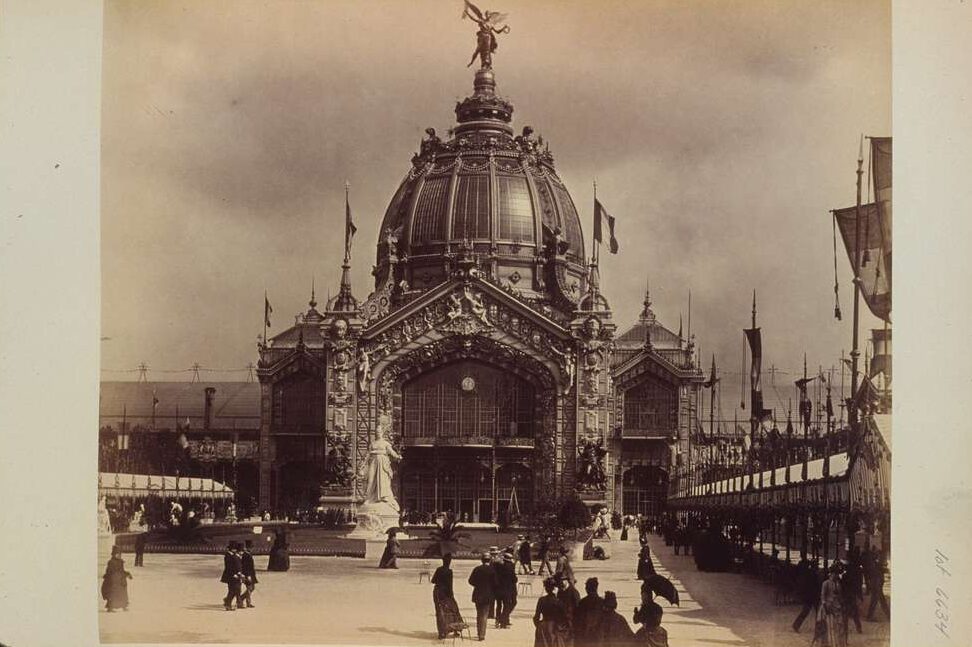
Held in 1889, the Paris World’s Fair showcased technological and cultural achievements from around the globe. It marked the debut of the Eiffel Tower, which became an iconic symbol of innovation. The fair featured exhibits on arts, science, and industry, drawing millions of visitors. While no longer held, its legacy lives on in modern world’s fairs and expos.
The Viking Thing
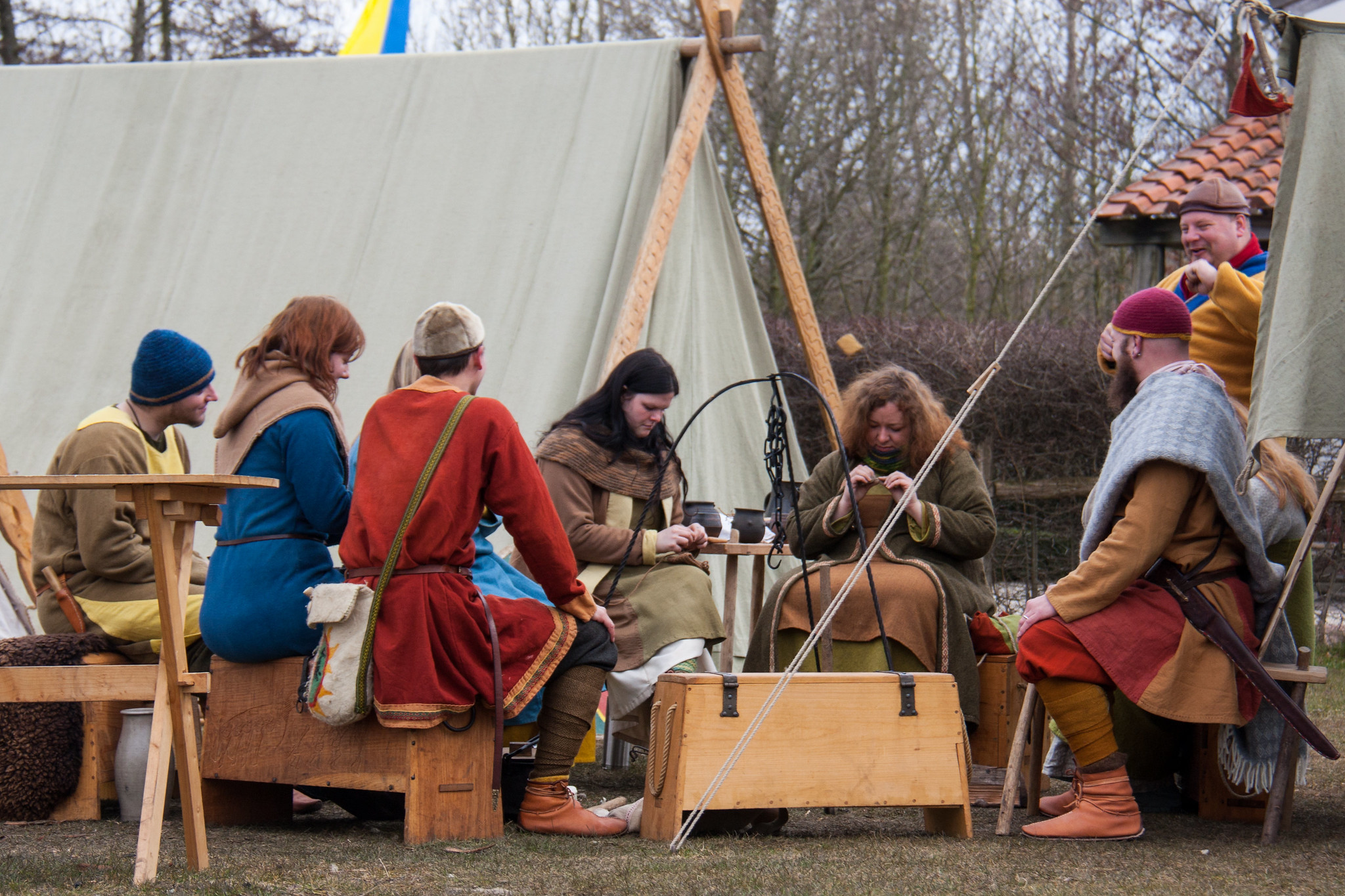
The Thing was a gathering of free men in Viking societies to discuss laws, settle disputes, and make important decisions. Held in open-air assemblies, it combined elements of governance, socializing, and feasting. The Thing fostered community cohesion and legal order. Modern descendants of these assemblies can be seen in some Scandinavian parliaments and local councils.
The Festival of Opet (Ancient Egypt)
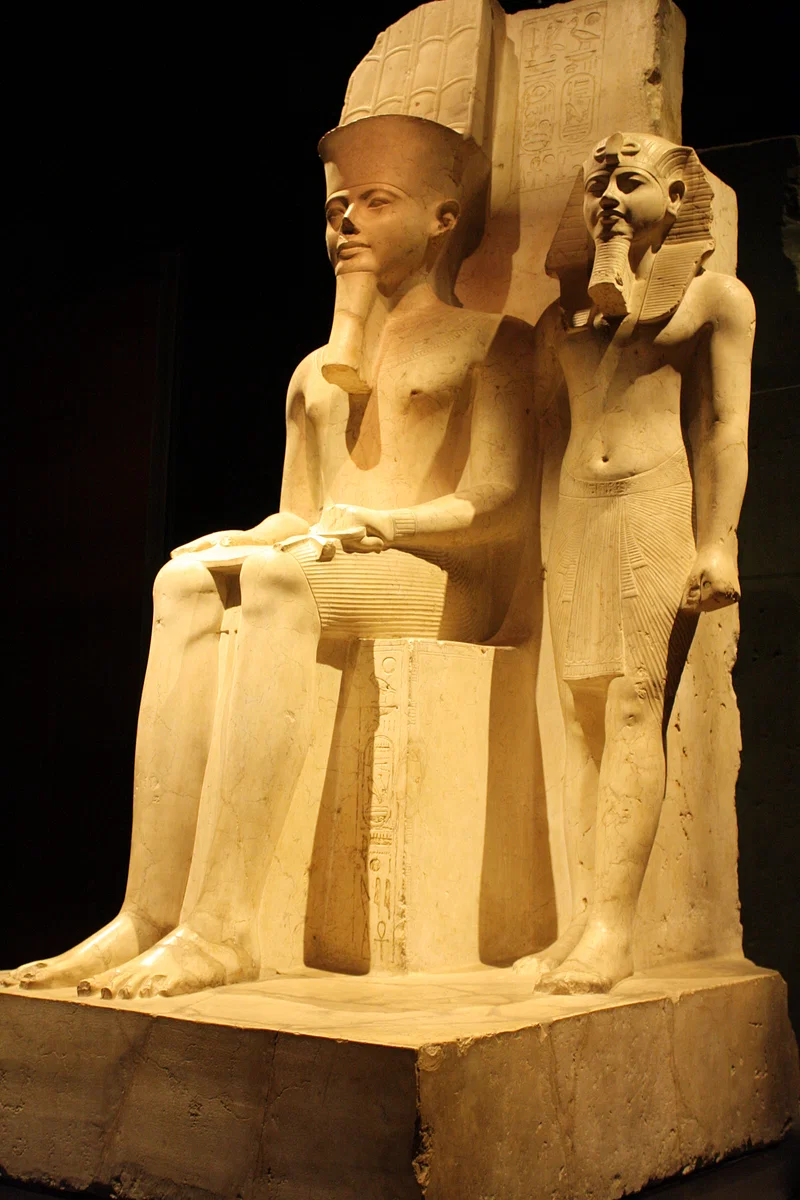
The Festival of Opet was a major religious celebration in Thebes, Egypt, dedicated to the god Amun. It involved a grand procession from Karnak to Luxor Temple, with priests carrying statues of deities. The festival aimed to renew the divine power of the pharaoh and ensure prosperity. Although the ancient practices have ceased, Egypt’s modern festivals still honor its rich cultural heritage.
The Feasts of Saint George (Medieval England)
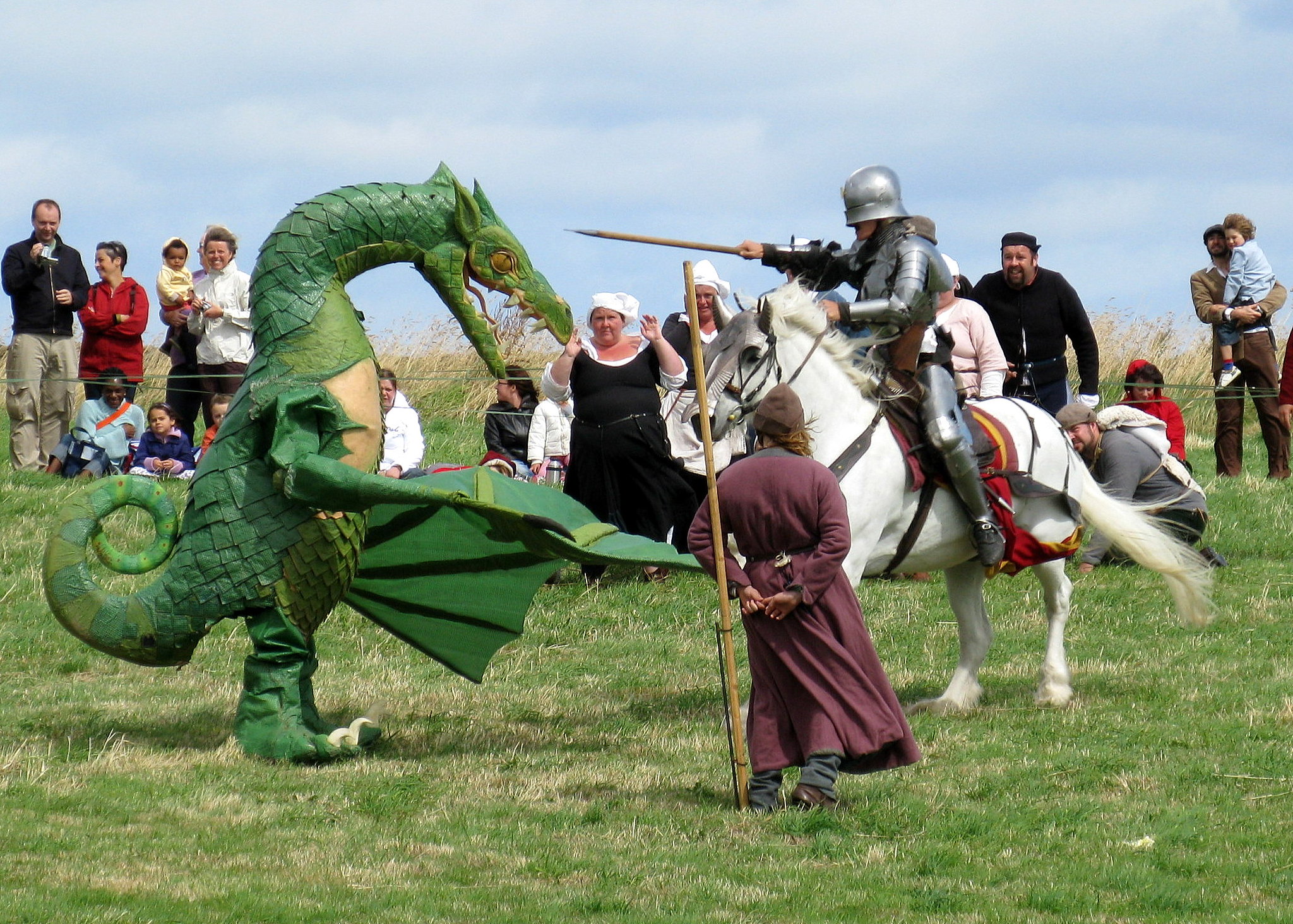
Saint George’s Day on April 23rd was marked by feasts, parades, and jousting tournaments in medieval England. It celebrated Saint George, the patron saint of England, known for his legendary dragon-slaying. The day symbolized chivalry and national pride. While it is still recognized today, the medieval grandeur has largely been replaced by simpler commemorations.
The Festival of Samhain (Ancient Celtic)
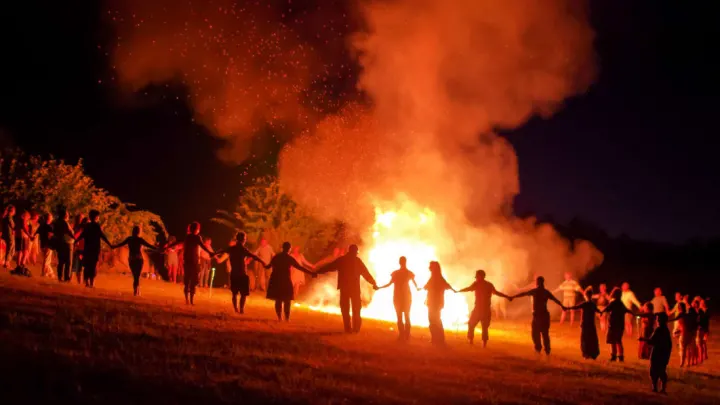
Samhain, celebrated from October 31 to November 1, marked the end of the harvest season and the beginning of winter in ancient Celtic traditions. It was believed to be a time when the veil between the living and the dead was thinnest, allowing spirits to roam the earth. Bonfires, costumes, and divination were common practices. Modern Halloween has its roots in Samhain, preserving many of its traditions.
These festivals and events from the past shaped cultures and traditions that still influence us today. Their legacies continue to be celebrated or remembered in various forms. Exploring these historical celebrations helps us understand the richness of human heritage. Let’s keep these stories alive for future generations to appreciate and learn from.
This article originally appeared on UnifyCosmos.
More from UnifyCosmos
20 Essential Oils for Skincare and Beauty

Essential oils can be a game-changer for your skincare routine. These natural oils have incredible benefits for your skin, from soothing irritation to reducing wrinkles. Read more!
20 Tips for Hosting the Perfect Dinner Party
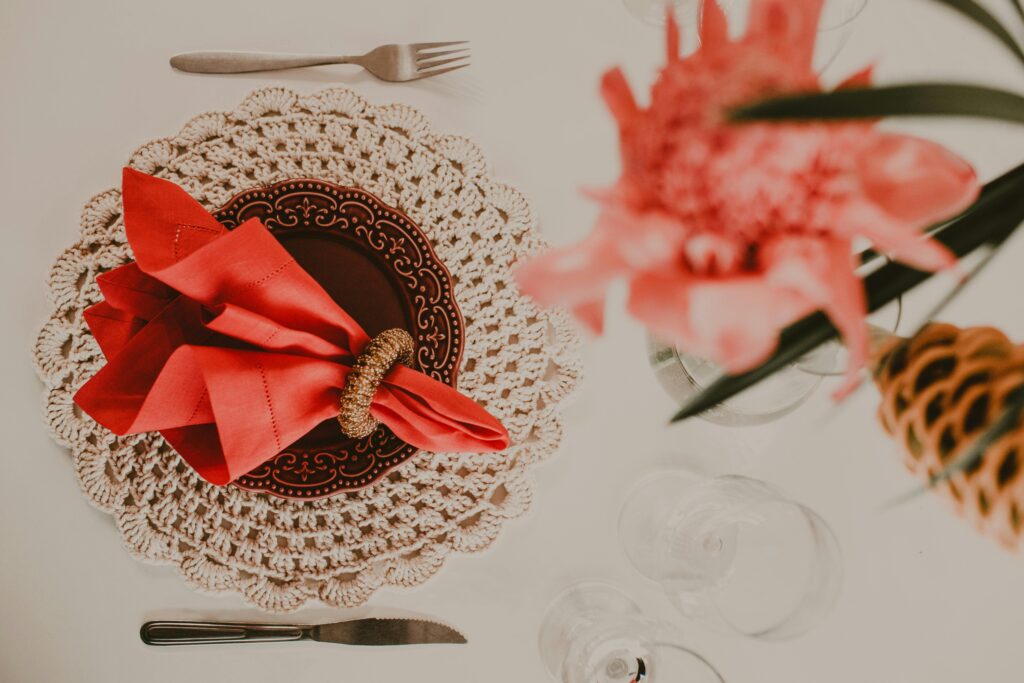
Hosting a dinner party can be a delightful way to connect with friends and family. With a bit of planning, you can create a memorable evening for everyone. Read more!
20 Myths About Money and Finance Debunked

In this article, we’ll debunk common financial myths, providing you with clear and accurate information. Read more!
Leave a Reply